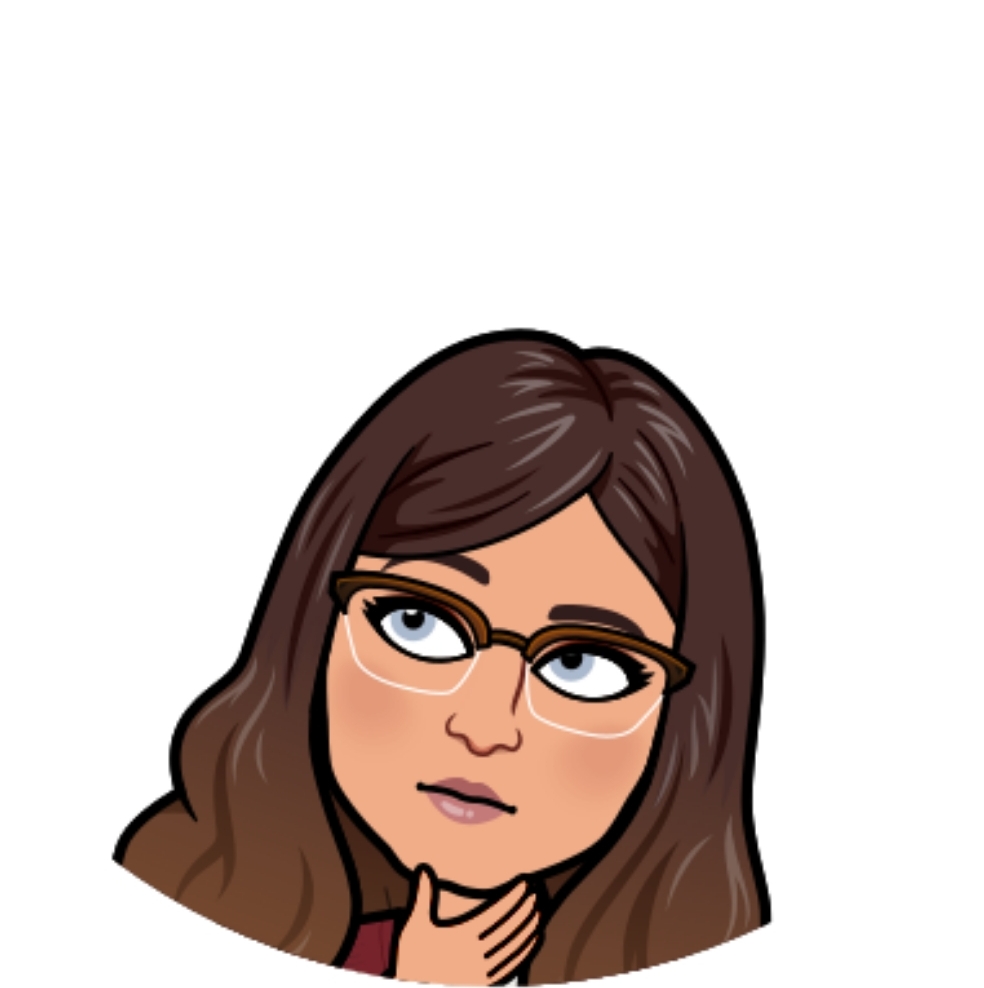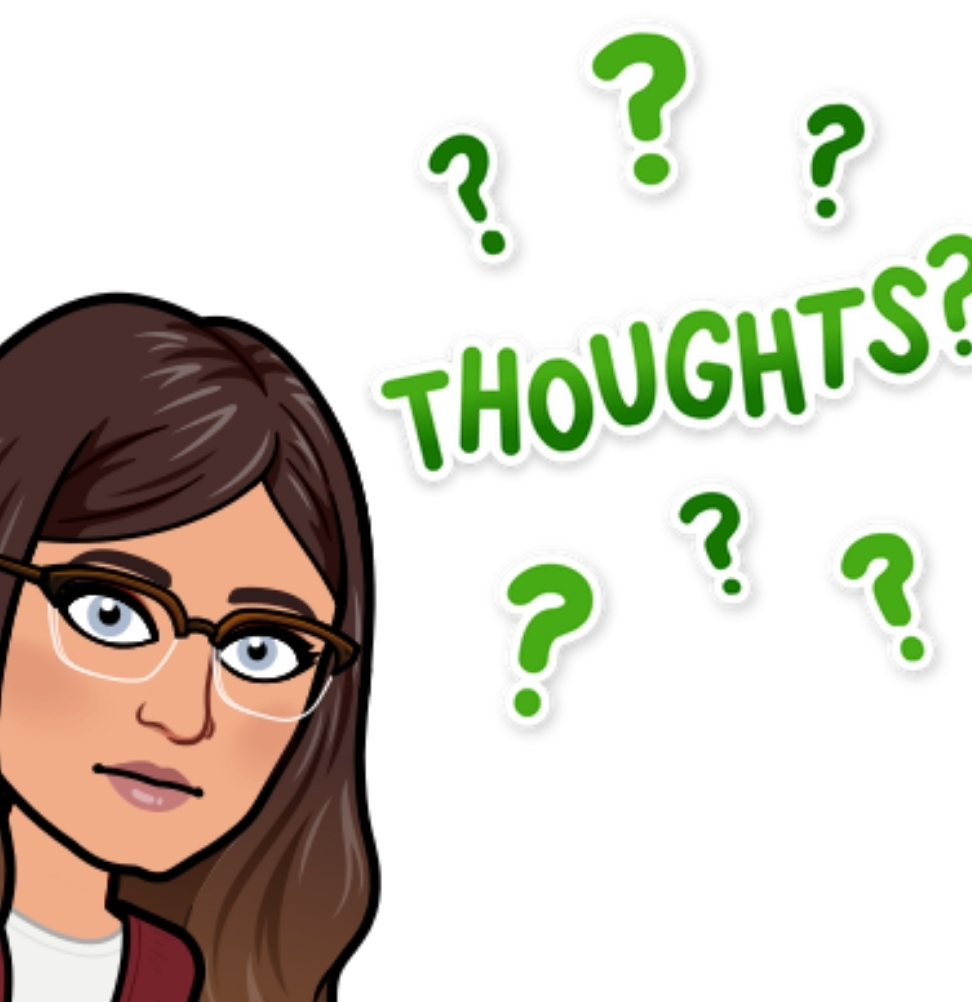How Can Teachers Capitalize Off of Participatory Culture?
If you were to walk into a grade 8 classroom today, you would be greeted with thirty pre-teens doing TikTok dances at what seems to be random and inappropriate moments. What you might not know is that this is a product of participatory culture. As a result of the internet becoming a central component of our lives, a new type of culture has arisen: participatory culture. In Michael Welsch’s lecture, “An Anthropological Introduction to YouTube”, Wesch discusses how instead of the general public strictly being consumers of media, now the general public are active in producing new media for others to consume.
So what does this mean to you as an educator?

Wesch discusses how YouTube contributes to participatory culture by allowing individuals to post to the internet easily. However, for young kids today what YouTube was to millennials TikTok is to Generation Z. That is not to say that Generation Z does not use YouTube, they actually prefer to watch YouTube over TV according to this article by Levi Sumagaysay. However, generally normal teens are not posting to YouTube as they used to. I believe this is because YouTube has become more of a profession than a hobby over the past few years. Instead of posting videos to YouTube, kids have began posting videos to TikTok. They have traded things like the Numa Numa Trend on YouTube for the Renegade Trend on TikTok.
When I was in high school and elementary school, there were many times in which we were asked to create YouTube videos as a school project. This idea came out of the new participatory culture. However, as most students are posting to TikTok more than Youtube there is a question to be asked…

Can we apply the same principle to TikTok?
In Alyson Klein’s article on TikTok as a classroom tool, she poses the question on whether TikTok is a powerful teaching tool or classroom management nightmare. The answer is that it is complicated. TikTok is powerful because it captures the attention of students like YouTube once did. However, along with TikTok comes many other issues other social media platforms have.
I believe that the biggest thing to consider is…
“how can teachers capitalize on participatory culture?”
There are many things teachers can do in my opinion. However, most importantly teachers should first understand the heavy impact participatory culture has on society. They then have to stay informed on up and coming trends and learn how to incorporate those trends into the classroom in a positive manner.

How do you think teachers can capitalize off of participatory culture?
Leave your thoughts below!
2 thoughts on “How Can Teachers Capitalize Off of Participatory Culture?”
Hi Jordan! I hadn’t even thought of using TikTok in the classroom, or how it has replaced YouTube as the popular place to post. I think it would be interesting to see how you could implement it in the classroom, and if you could do it in authentic ways that create valuable learning experiences. While I don’t use TikTok, from what I’ve seen, it doesn’t allow for the same length or inclusion of information that creating a longer video allows (which is generally used to share what students have learned), so I was wondering what you think its uses could be?
Great perspective Jordan! I can relate to the first line of your post as I will be doing internship in grade 8 in the fall and can image this is what might happen. I really like your idea on using TikTok as a tool in the classroom. I defiantly think it can be used in a beneficial way to support student learning, if it can be connected. But like you said all social media platforms can cause trouble, and that needs to be addressed to be used meaningfully.